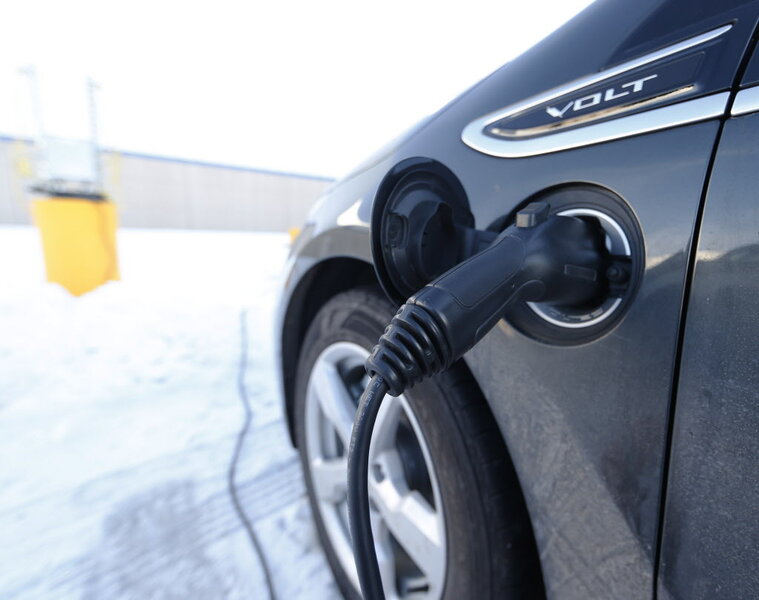California is about to get way more charging stations for its electric cars
Loading...
The West Coast Electric Highway has steadily grown over the years, providing electric-car drivers with charging infrastructure to make trips longer than their cars' rated ranges.
It's a network of public charging stations that actually spreads across multiple highways, with I-5 serving as the backbone.
But today, for the most part, that network only extends through Oregon and Washington.
While California has many public charging stations, there are still numerous gaps that prevent the West Coast Electric Highway route from providing a continuous journey through the state from north to south.
Now, California's government hopes to fill those gaps with a new infrastructure project.
Last July, the California Energy Commission solicited applications for grants to build DC fast-charging stations along north-south corridors.
Those include I-5, as well as State Route 99 and U.S. Highway 101.
The state has just issued a list of proposed grant awards for those installations, adding up to about $8 million.
Nearly $4 million of that funding is expected to go to network operator ChargePoint, which plans to install combination DC quick-charging stations that use both the CHAdeMO and Combined Charging Standard (CCS).
The CHAdeMO standard is used by the Nissan Leaf, Mitsubishi i-MiEV, and Kia Soul EV, while the CCS standard has been adopted by all U.S. and German carmakers except one.
The exception is Tesla Motors, which continues to use its own "Supercharger" standard.
"The West Coast Electric Highway is key to expanding access to infrastructure, especially in rural, disadvantaged communities," ChargePoint CEO Pasquale Romano said in a statement.
California already has thousands of Level 2 public charging stations, but most are clustered around metropolitan areas like Los Angeles.
Stations are much harder to come by on the highways between cities, and 240-Volt Level 2 charging requires stops of several hours in any case.
DC fast-charging, on the other hand, provides an 80-percent battery recharge in as little as half an hour.
In contrast to California, planners in Oregon and Washington have already installed DC fast-charging stations every 25 to 50 miles on their portions of the West Coast Electric Highway.
In those states, the charging infrastructure is actually part of a larger initiative called the West Coast Green Highway.
Organized by the Washington State Department of Transportation, it encompasses natural gas, biodiesel, ethanol, and hydrogen fuel infrastructure as well--though the bulk of the usage comes from electric charging.
This article first appeared at GreenCarReports.







